Followspots: Make Your Performance Stand Out Today
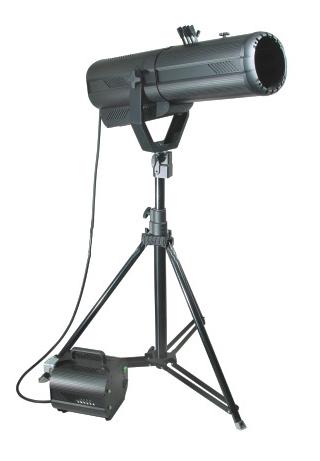 The followspot is an essential light fixture to any theatre or church’s lighting arsenal. The followspot is crucial to directing the attention of the audience and emphasizing certain actions and characters. Today, followspots are technologically advanced and come with numerous options and features which can seem intimidating and bewildering. This article will serve as a guide to followspots that will hopefully help you make an educated decision regarding which followspot is right for you. One of the most important specifications you will want to pay attention to in selecting a followspot is the throw distance, or the distance that the follow spot should be from the stage in order to provide an optimal spot. To determine what throw distance you need, you measure the distance from where the follow spot will be situated to the stage, or area on stage, where followspot illumination will take place. Generally, for small venues such as small churches and theaters, a follow spot with a throw of 25ft to 100ft is sufficient. Time Square Lighting’s 410FS has this throw rating and is ideal for smaller venues. Larger venues will generally require a follow spot with a throw distance of 200ft or more.Time Square Lighting’s MOON 1200 is ideal in larger venues with substantial distances between the spot and the stage.
The followspot is an essential light fixture to any theatre or church’s lighting arsenal. The followspot is crucial to directing the attention of the audience and emphasizing certain actions and characters. Today, followspots are technologically advanced and come with numerous options and features which can seem intimidating and bewildering. This article will serve as a guide to followspots that will hopefully help you make an educated decision regarding which followspot is right for you. One of the most important specifications you will want to pay attention to in selecting a followspot is the throw distance, or the distance that the follow spot should be from the stage in order to provide an optimal spot. To determine what throw distance you need, you measure the distance from where the follow spot will be situated to the stage, or area on stage, where followspot illumination will take place. Generally, for small venues such as small churches and theaters, a follow spot with a throw of 25ft to 100ft is sufficient. Time Square Lighting’s 410FS has this throw rating and is ideal for smaller venues. Larger venues will generally require a follow spot with a throw distance of 200ft or more.Time Square Lighting’s MOON 1200 is ideal in larger venues with substantial distances between the spot and the stage. Throw distance is not the only specification you will want to pay attention to when choosing a followspot. The point of the followspot is to highlight a certain character or action onstage against whatever else is taking place, this means that the spot of light must stand out against whatever other light, if any, is present on stage. You therefore must ensure that you select a followspot that can support a lamp that will be powerful enough to cut through the light provided by your existing lighting system. You’ll also generally want to have a sense of how bright you want your spot to be. To determine how powerful a lamp you’ll need, you should look for center beam candle power (CBCP) or foot-candle (lm/ft2) specs rather than wattage. This is because followspots and lighting system fixtures (PAR cans, Fresnels,Ellipsoidals, etc.) use different bulb types. Followspots typically use some type of high intensity discharge (HID) bulb whereas a PAR Can or ellipsoidal may use a incandescent, halogen, or even LED bulb. Comparing the wattages of different bulb types would therefore prove misleading. CBCP, which measures the intensity of the light in a specific direction at the center of the beam, and foot-candles, which is the measure of the amount of light that falls upon a surface, are the most helpful measures and should be consulted.
Lastly, followspots come with many features which may determine your followspot depending on your lighting demands. Some followspots come with effects like gobos, dichroic color filters, iris adjustment, blackouts (dousers), and dampers. Manufactures like Chauvet also offer automated follow spots, which use DMX512 protocol and connectivity to control its panning, tilting, color, etc. with a controller. Whatever specifications you need, BulbAmerica has a comprehensive line of followspots and has one to suit your demands. Check us out right now!






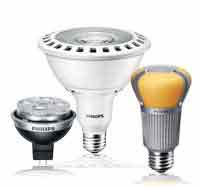
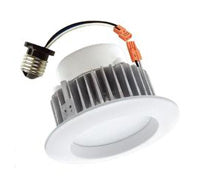

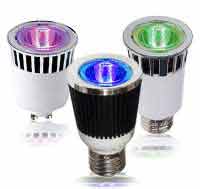


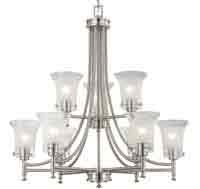
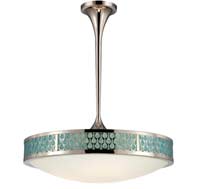




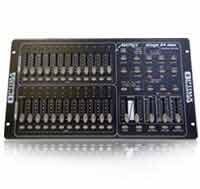






Comments